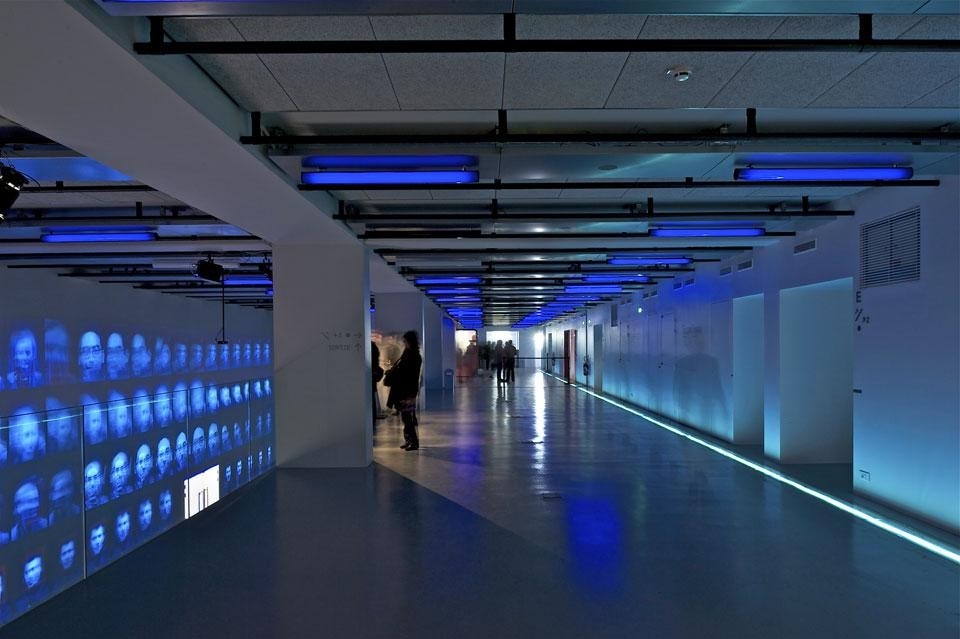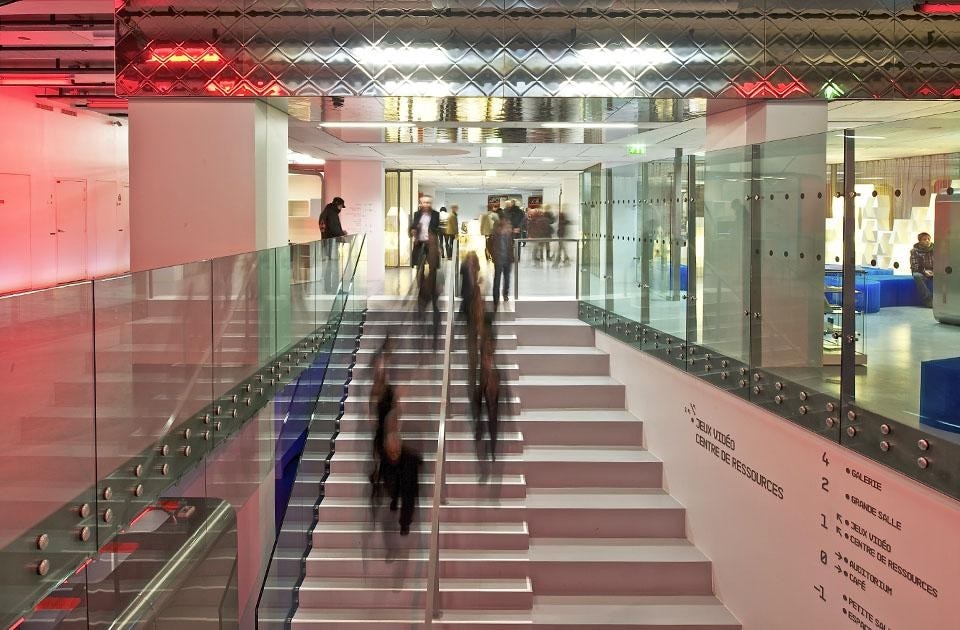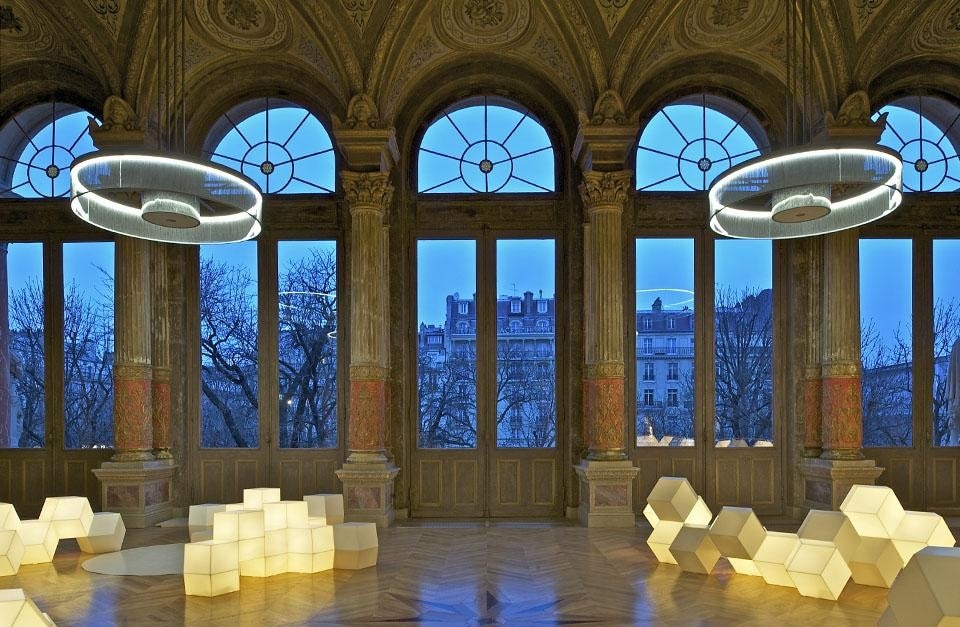
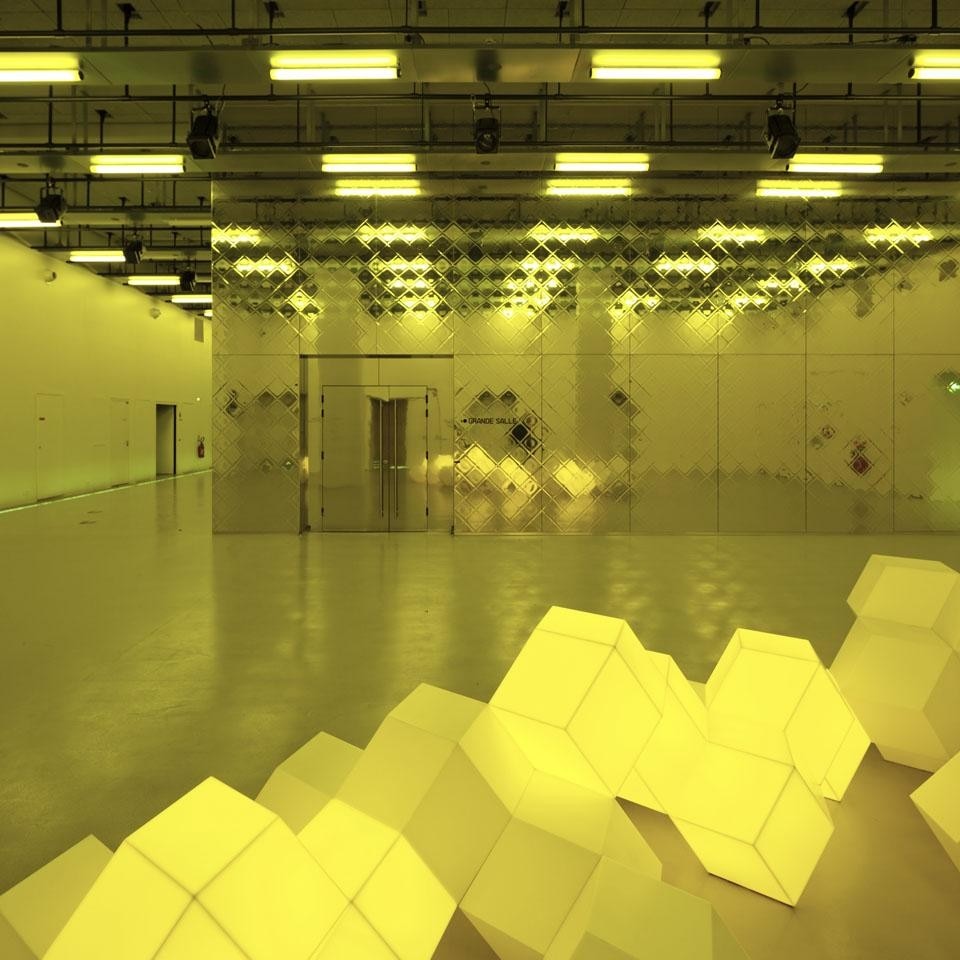
It will be up to the artists and their audiences to give meaning to a deliberately ductile space that lends itself to all kinds of interactive practices, from the playful to the very serious.
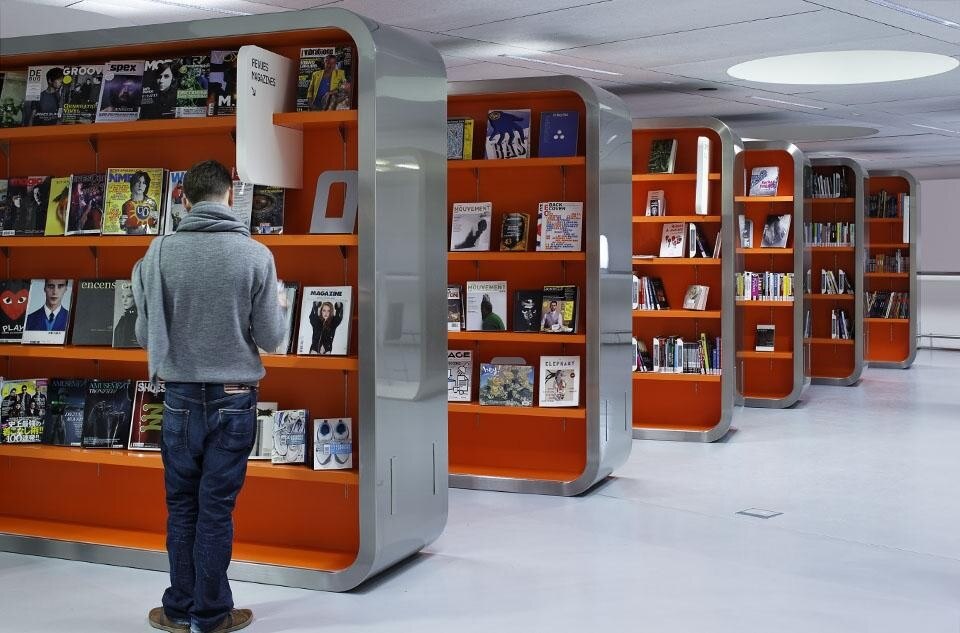
It must also be taken into account that digital culture is inextricably anchored to the future of cultural destinations. After all, the apparition of a huge video-game hall is no longer that troublesome. A festival entitled 2062 is scheduled in the near future; it will be devoted to the aspects of digital creativity that could transform our daily life over the next fifty years. A program of events focused on skate culture is the key to anchoring an audience of children and young people.
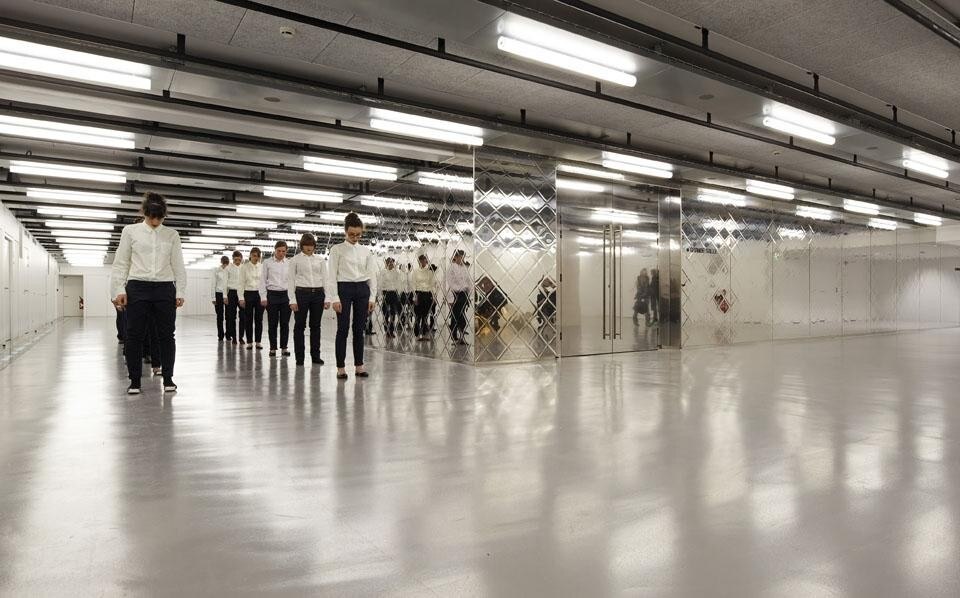
Ivo Bonacorsi
Gaîté Lyrique, Paris
www.gaite-lyrique.net
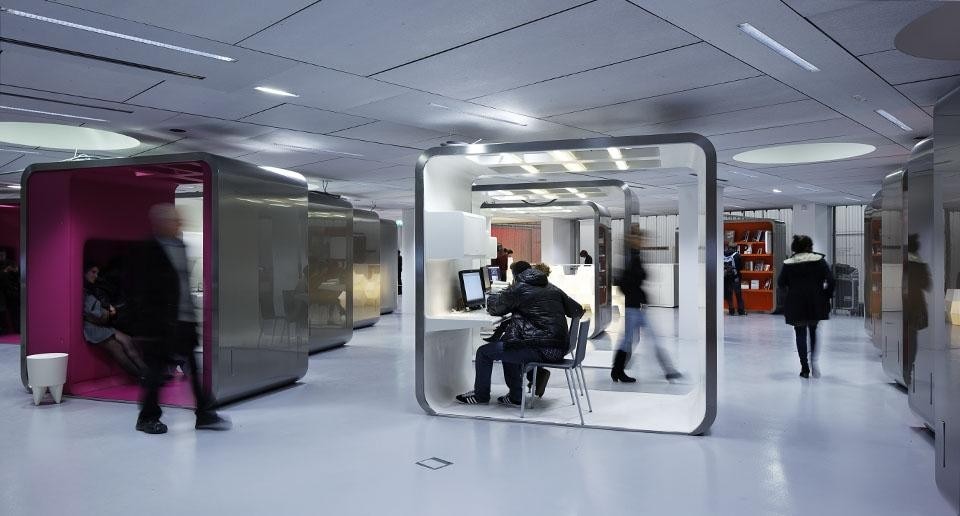
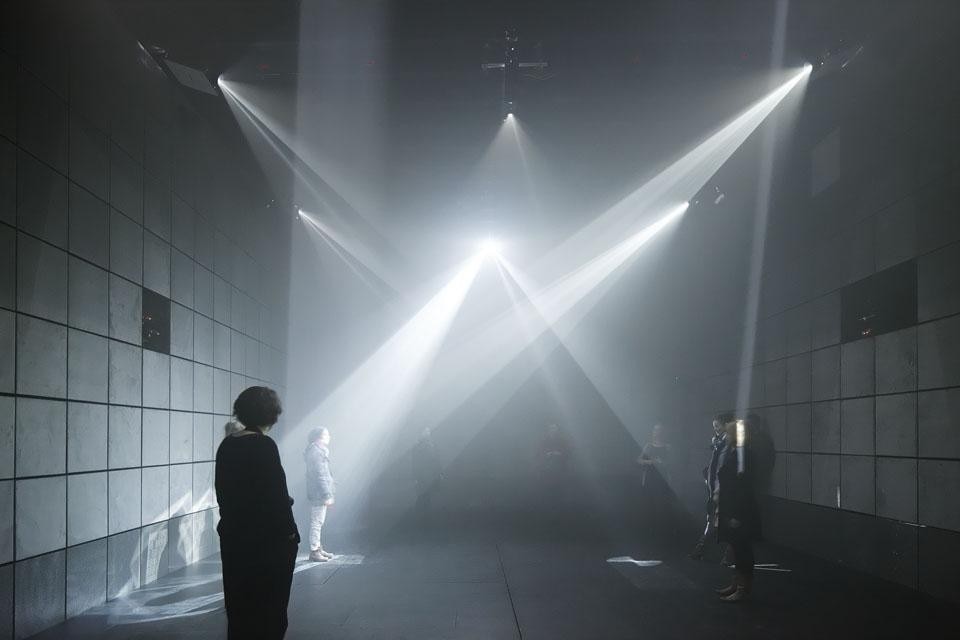
Architect: Manuelle Gautrand Architecture. Laurent Hernandez, François Terrier, Valérie de Vincelles, Cédric Martenot
Project team: Frédéric Arnoult, Marie Duval, Christophe Régnier
Conservation: Régis Grima
Scenography: Jean-Paul Chabert
Acoustic engineer: Lamoureux
Structural engineer: Iosis
Multimedia: VDI: Labeyrie & Ass.
Signage: Nicolas Vrignault
Area: 9,500 m²
Competition phase: 2003–2007
Construction phase: 2007–2010
